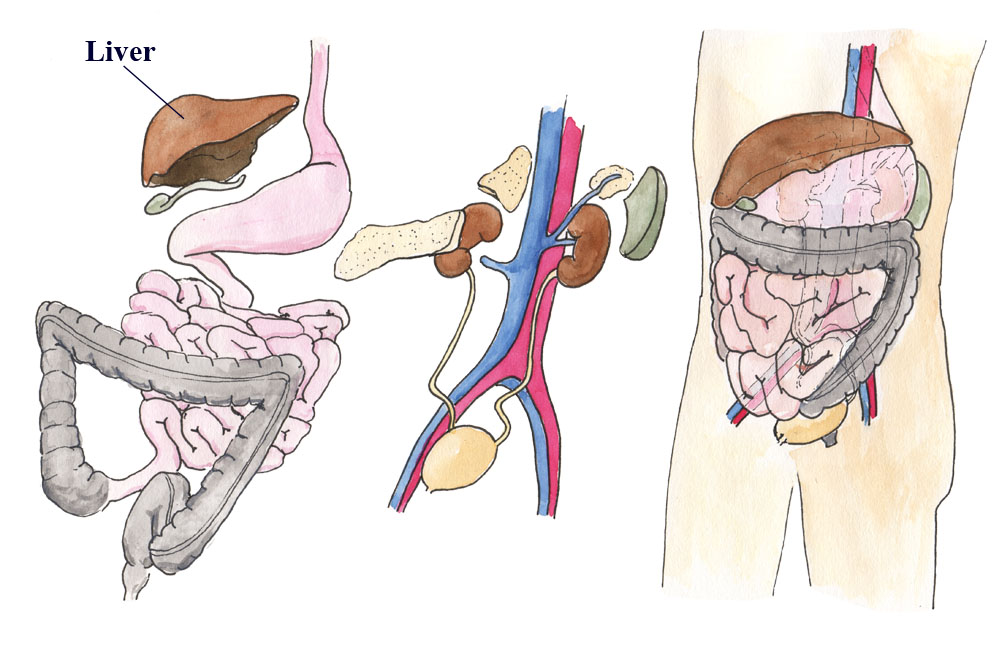Vaccines – Hepatitis A and B

January/February ISSN-1059-6518 Volume 25 Number 1
By Frank Hubbell, DO
What is Hepatitis?
By definition hepatitis is inflammation of the hepatocytes, the cells of the liver. This inflammation can be caused by alcohol, drugs, toxins, autoimmune diseases, cancer, or infectious disease. In this article we will focus on inflammation caused by an infection from a virus, specifically Hepatitis A Virus (HAV) and Hepatitis B Virus (HBV).
There are at least 5 different viruses that cause hepatitis: Hepatitis A, B, C, D, and E. The only ones for which we have vaccines, so far, are Hepatitis A and B. A vaccine for hepatitis C is in development. (There is also suspected hepatitis F and G that are currently under investigation.)
Who Cares? What does your liver do?





